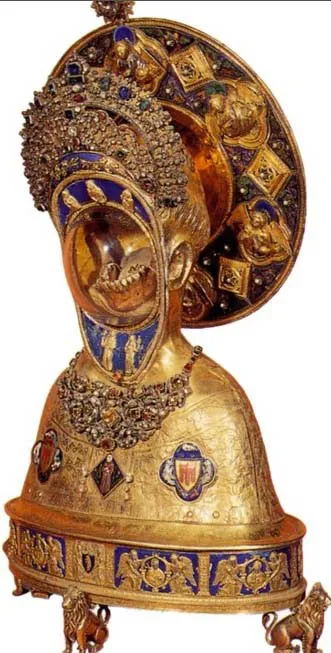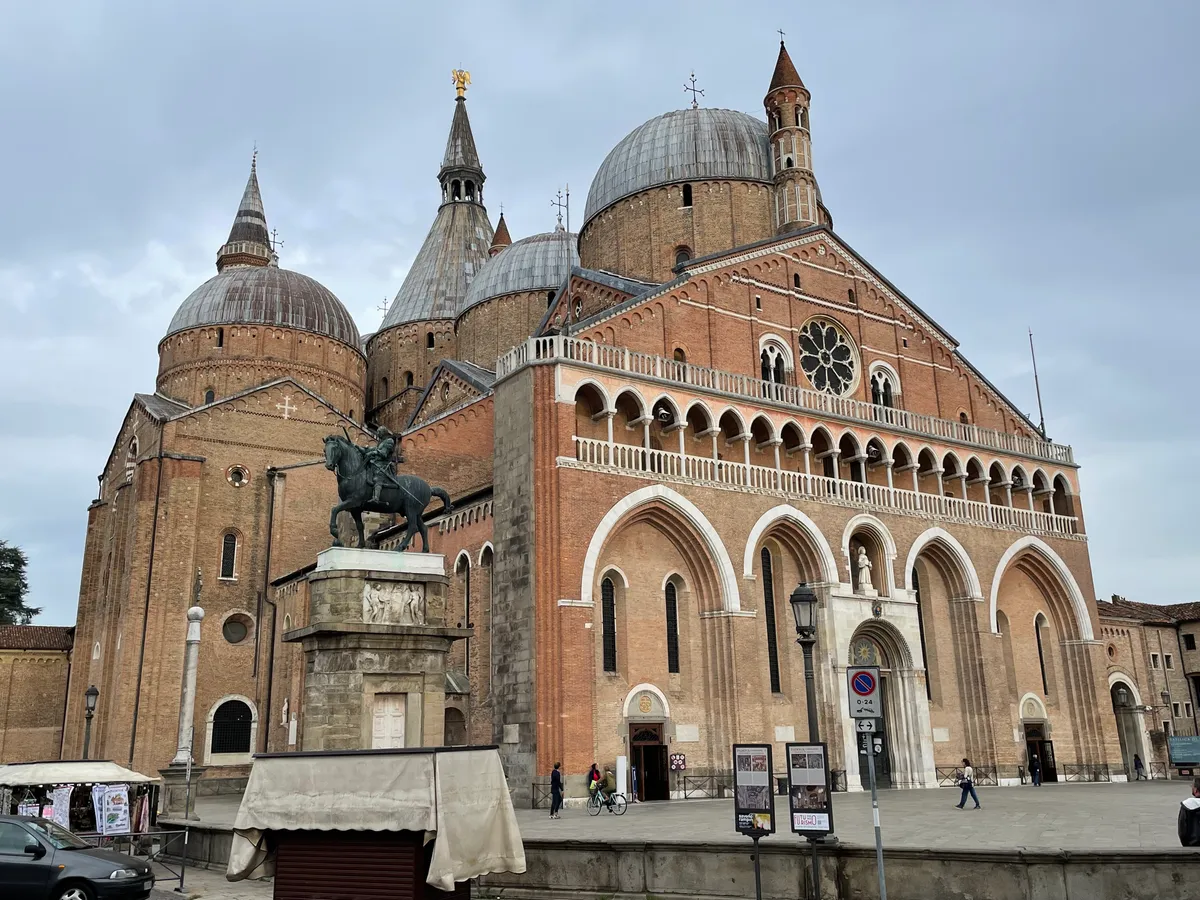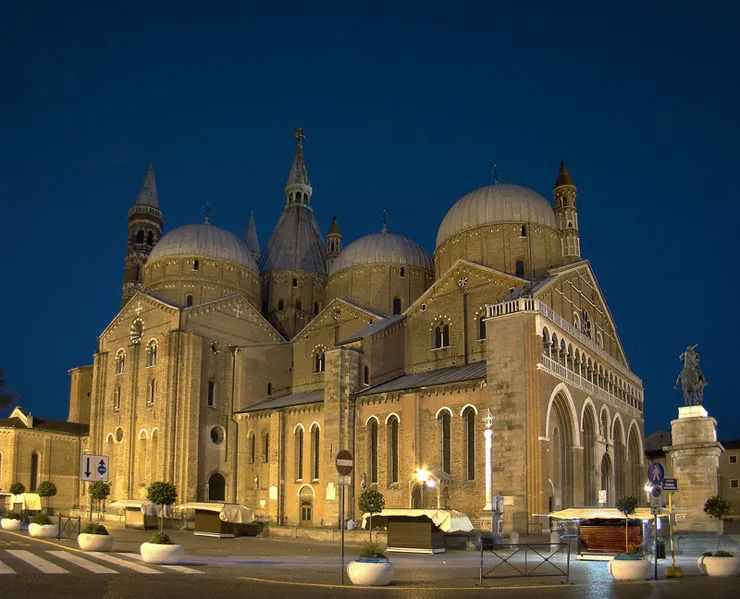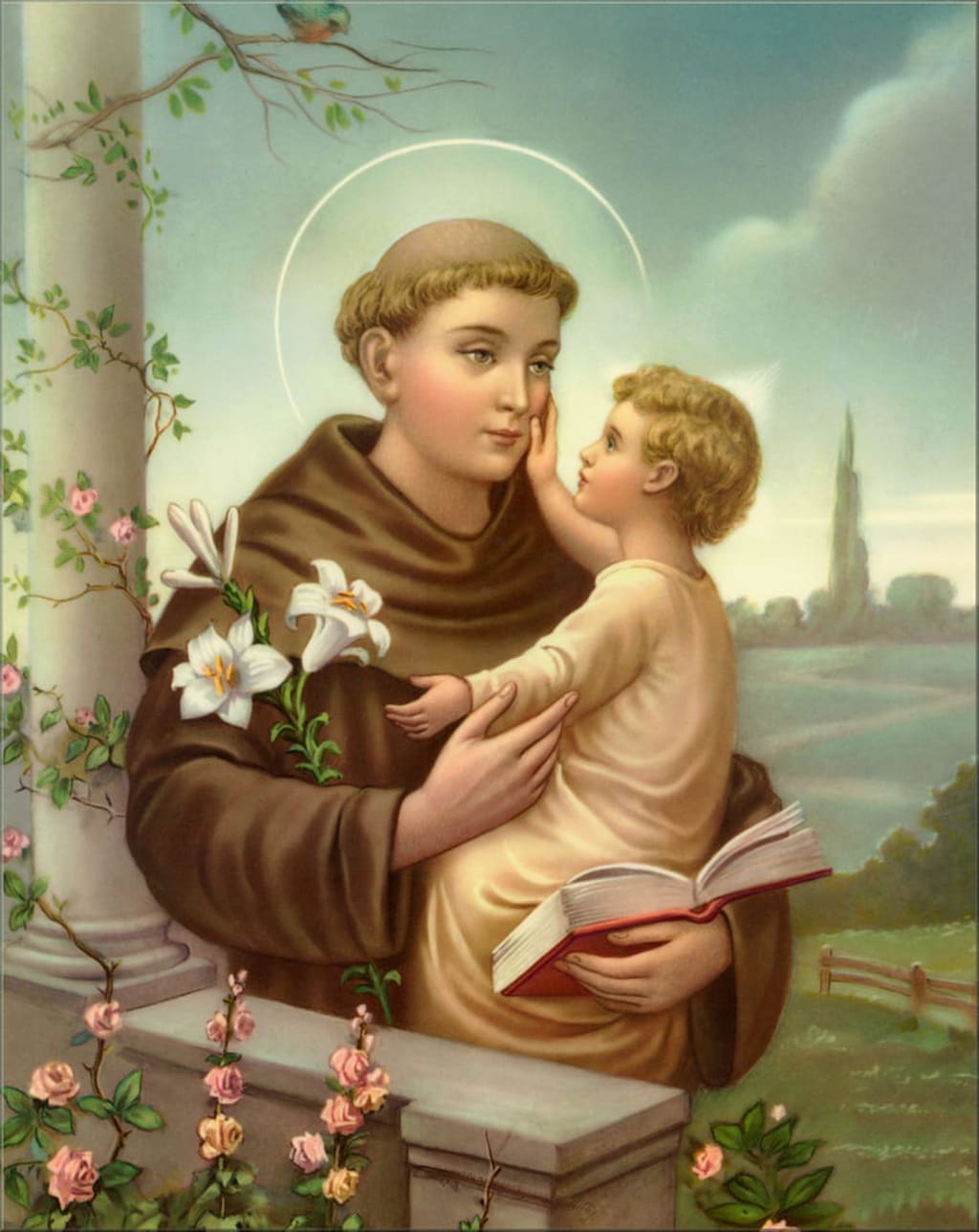The Life of St. Anthony of Padua: From Noble Beginnings to Devoted Priest
St. Anthony of Padua is one of the most beloved saints in Christian history, known for his eloquent preaching, profound wisdom, and deep devotion. But before he became a renowned Franciscan priest and Doctor of the Church, his life was marked by significant trials, transformations, and unwavering faith. This blog explores his journey from noble birth to sainthood, highlighting the key moments that shaped his legacy.
Early Life and Noble Heritage
Born as Fernando Martins de Bulhões in 1195 in Lisbon, Portugal, St. Anthony came from a wealthy and influential family. His father, Vicente Martins, was a knight in the court of King Alfonso II of Portugal, while his mother, Teresa Pais Taveira, was of noble descent. His privileged upbringing ensured he had access to the finest education available at the time.
As a young boy, Fernando was deeply interested in religious studies. At the age of 15, he joined the Canons Regular of St. Augustine at the Abbey of St. Vincent in Lisbon, where he devoted himself to theology and Latin. Seeking a more disciplined and scholarly environment, he later moved to the Monastery of the Holy Cross in Coimbra, a significant religious and academic center in Portugal at the time.
 |
| King Alfonso II of Portugal |
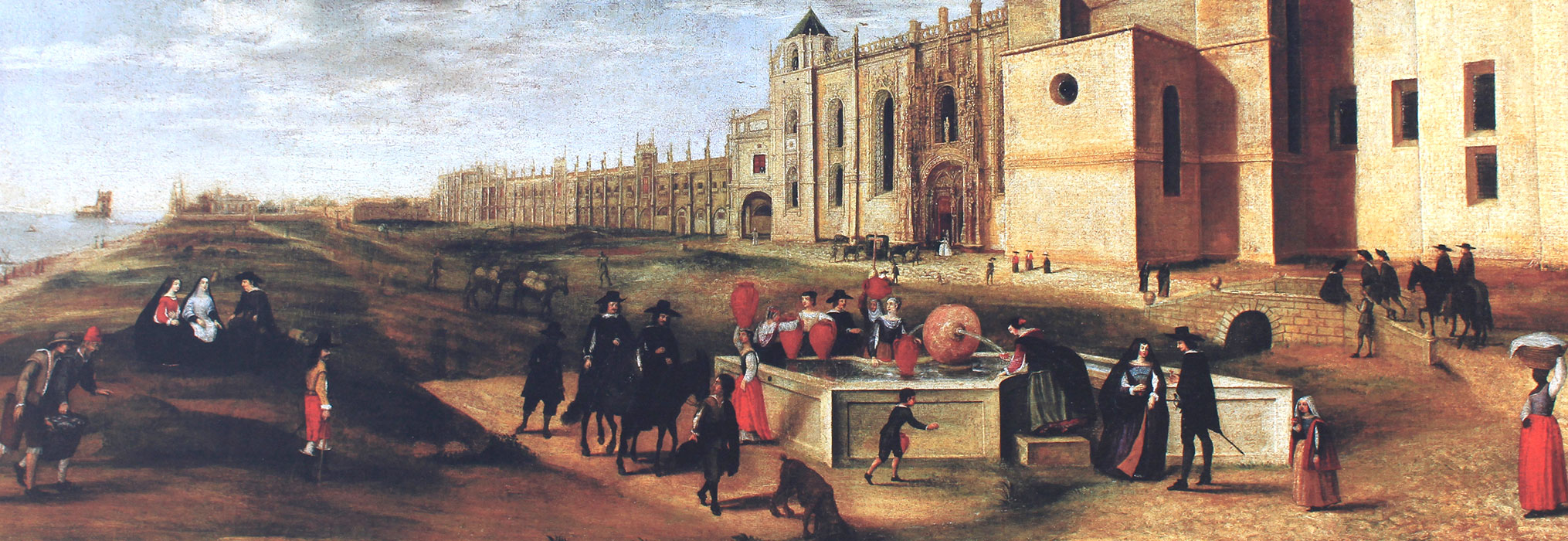 |
| Lisboa (in english, Lisbon), when Dom Afonso Henriques conquers the city to the Realm of Portugal, in 1147. |
A Life-Changing Encounter with the Franciscans
While studying in Coimbra, Fernando experienced a turning point in his life. He encountered a group of Franciscan friars who were preparing to travel to Morocco to preach the Gospel. Their dedication and ultimate martyrdom at the hands of non-Christian forces deeply moved him. Inspired by their sacrifice, Fernando resolved to join the Franciscan Order, taking the name Anthony in honor of St. Anthony the Great.
Anthony wished to follow in the footsteps of these martyrs and traveled to Morocco, intending to spread Christianity. However, upon his arrival, he fell gravely ill, preventing him from fulfilling his missionary work. Forced to return home, his ship was unexpectedly blown off course in a storm, leading him to Sicily. This unplanned journey would change the course of his life.
 |
| Coimbra, Centre du Portugal |
The Discovery of His Gift for Preaching
After recovering in Sicily, Anthony found himself in Italy, where he joined a Franciscan community. He lived a humble and quiet life in a hermitage near Forlì. It was during an ordination ceremony that his hidden talent was discovered. When asked to deliver an impromptu sermon, his speech stunned everyone present. His deep theological knowledge and powerful oratory skills left an unforgettable impression, leading to his appointment as a preacher.
Anthony soon gained widespread recognition for his preaching. His sermons were not only eloquent but also deeply spiritual, appealing to both the learned and the common people. He traveled extensively across Italy and France, combating heresies and spreading the message of love, repentance, and faith. His ability to communicate complex theological ideas in simple and relatable terms made him a highly respected teacher.
Challenges and Dedication to Faith
Despite his growing fame, Anthony faced several challenges. His fragile health often made his missionary work difficult, yet he never wavered in his commitment. He also encountered opposition from certain religious and political figures who resisted his teachings. However, his perseverance, humility, and deep faith enabled him to overcome these obstacles.
Anthony was also known for his deep love for the poor and marginalized. He strongly advocated for social justice and urged people to live righteous and charitable lives. His compassionate nature and miraculous healings further strengthened his influence among the faithful.
Miracles Attributed to St. Anthony
St. Anthony's legacy is enriched by numerous miracles that were attributed to him during his lifetime and after his death. One of the most famous miracles is the 'Miracle of the Fishes.' When people refused to listen to his sermons, he turned to the river and preached to the fish, who are said to have gathered and listened attentively, demonstrating divine approval of his words.
Another well-known miracle is the case of a lost book. A novice monk had stolen Anthony’s Psalter, and after Anthony prayed for its return, the thief repented and brought it back. This event contributed to his role as the patron saint of lost things.
Additionally, there are accounts of St. Anthony performing healings, including restoring the foot of a young man who had cut it off in despair. Many also believe he appeared in visions to guide and comfort those in need, further solidifying his reputation as a saint of miracles and divine intervention.
St. Anthony’s Tongue: A Relic of Devotion and Miracles
One of the most fascinating relics associated with St. Anthony of Padua is his tongue, which is preserved as a sacred object and revered by many. Known for his eloquent preaching and profound ability to convey divine truths, St. Anthony's tongue is considered a symbol of his deep connection with God and his extraordinary gift for preaching the Gospel.
The story of the preservation of St. Anthony’s tongue begins shortly after his death in 1231. While the body of St. Anthony was being exhumed for veneration, the tongue was discovered to be miraculously intact and fresh. It was said to have remained perfectly preserved, as though untouched by time or decay. This event was considered a divine sign, affirming the sanctity of St. Anthony and the power of his words.
The preserved tongue is traditionally believed to symbolize not just his eloquence, but his devotion to spreading God’s message. His powerful sermons, which emphasized love, humility, and repentance, left a lasting impact on those who heard him. The miraculous preservation of his tongue is seen as a testament to the enduring power of his words and the deep spirituality that guided them.
Today, St. Anthony’s tongue is preserved as one of the most significant relics in the Basilica of St. Anthony in Padua, Italy, where his tomb is located. The relic is kept in a special reliquary, which is a beautifully crafted container designed to house and protect sacred items. The tongue is displayed for the faithful to venerate, and many pilgrims visit Padua to seek the saint’s intercession.
The Basilica of St. Anthony in Padua is one of the most visited pilgrimage sites in the world, attracting millions of devotees each year. Pilgrims come not only to venerate the relics of St. Anthony but also to witness the miraculous works attributed to him. The preserved tongue is a powerful reminder of St. Anthony’s spiritual influence, and many believe that through his intercession, they can receive blessings and guidance in their own lives.
Why Is St. Anthony Depicted Holding a Child and a Lily?
In many artworks, St. Anthony is depicted holding the Christ Child. According to legend, Anthony was granted a vision of the infant Jesus, who appeared to him in a moment of deep prayer. This miraculous event symbolized his close connection with Christ and is why he is often shown cradling the child in paintings and sculptures.
St. Anthony is also frequently portrayed holding a lily flower, which represents purity, holiness, and devotion. The white lily is a common Christian symbol of chastity and divine grace. In Anthony’s case, it signifies his virtuous life and deep commitment to his faith. According to legend, lilies miraculously bloomed near his tomb shortly after his death, reinforcing the association between the saint and this symbolic flower.
His Final Years and Legacy
In his later years, St. Anthony retreated to a small monastery in Padua, Italy, where he continued preaching and writing. He passed away on June 13, 1231, at the young age of 36. Due to the widespread devotion and numerous miracles attributed to him, Pope Gregory IX canonized him just a year later, in 1232.
St. Anthony’s teachings had a lasting influence on Christian traditions. His sermons emphasized the importance of humility, charity, and faith, shaping the spiritual guidance given by the Franciscan Order. His theological insights were widely studied by scholars and clergy, helping to deepen the Church’s understanding of biblical teachings. Many later saints and religious figures, including St. Bonaventure and St. Thomas Aquinas, admired his wisdom and contributions to Christian doctrine.
Today, St. Anthony is known as the patron saint of lost things, a tradition that stems from his ability to help people recover their lost faith. His teachings continue to inspire millions, and his shrine in Padua remains a pilgrimage site for those seeking spiritual guidance.
Conclusion
St. Anthony of Padua’s life is a testament to faith, resilience, and unwavering dedication to God. His journey from a noble upbringing to a humble Franciscan priest shows how divine purpose can shape one’s path in unexpected ways. Despite the trials he faced, his commitment to spreading the Gospel and helping others never wavered. His legacy lives on, reminding us of the power of faith and the impact of a life devoted to serving others.
You may like
Read more:
💙 The Miracle of Lost and Found: Discovering St. Anthony of Padua at Chapelle Sainte-Blanche




